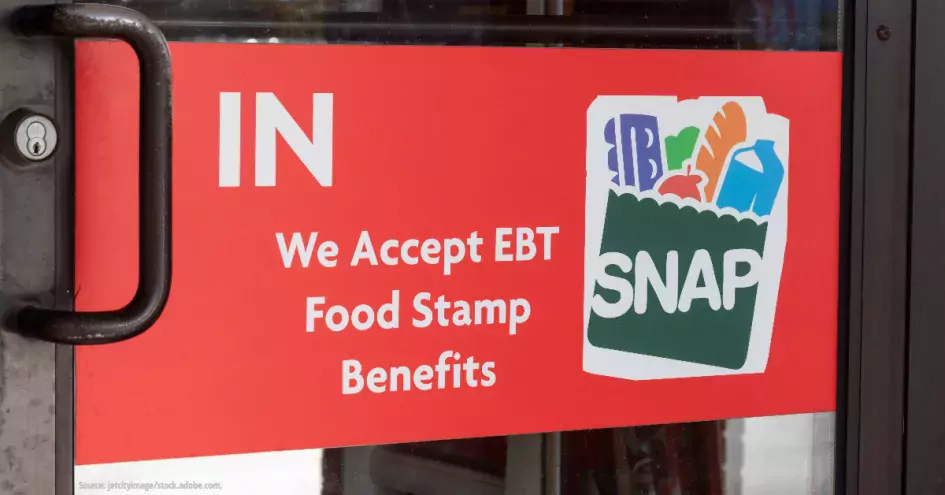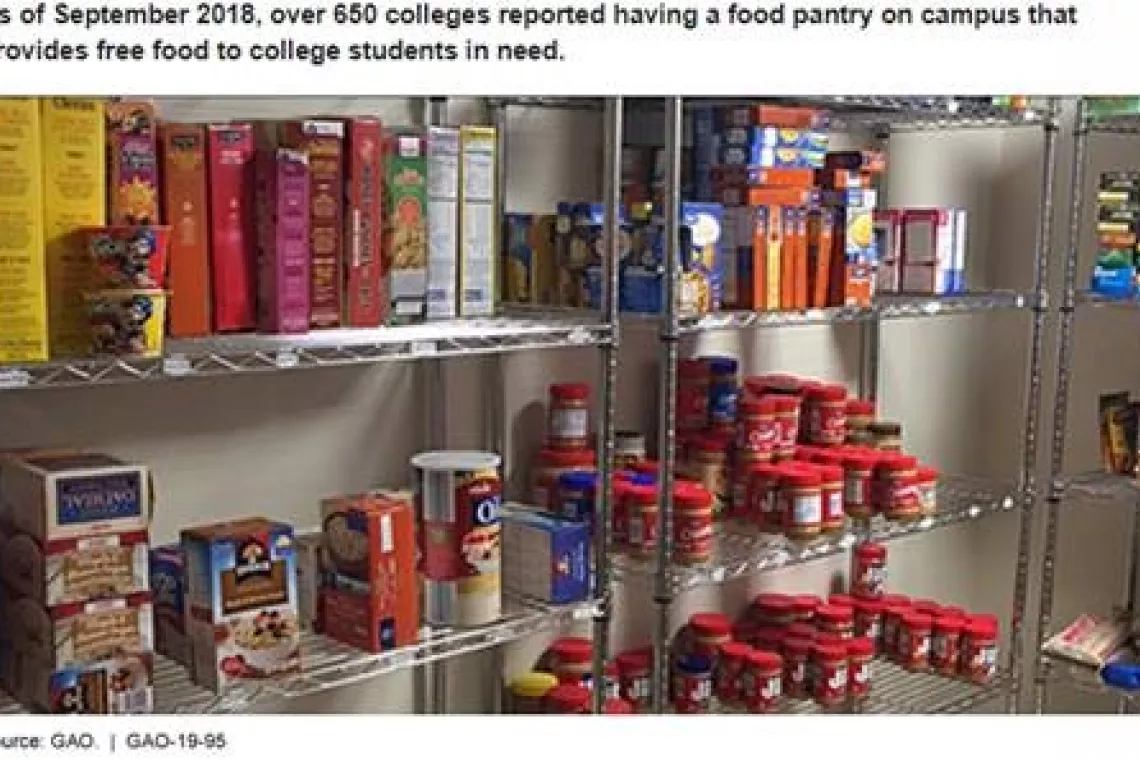Inflation and Rising Food Prices: How Does Federal Food Assistance Change?
High prices at the grocery store can hit struggling Americans especially hard. Those receiving federal assistance to pay for food—more than 41 million people in 2021—might wonder whether or how their benefits change as a result of inflation, the pandemic, and other factors that have driven up food prices.
In today’s WatchBlog post, we look at our new report about the U.S. Department of Agriculture’s (USDA's) recent recalculation of key food assistance benefits, including how it took rising food prices into account and how it could be improved in the future.
Image

How are benefits calculated, and how often do they get updated?
The Supplemental Nutrition Assistance Program (SNAP)—previously known as food stamps—is one of the largest social safety net programs in the United States. SNAP benefits are calculated based on the costs of items in the Thrifty Food Plan—a market basket of groceries designed to provide a healthy, budget-conscious diet for a family of four. SNAP benefit amounts are updated each year by adjusting the cost of the Thrifty Food Plan for inflation.
Before 2021, USDA periodically updated the specific foods and beverages that make up the Thrifty Food Plan, but kept the cost of the plan (and, by extension, the buying power of SNAP benefits) constant at 1975 levels.
Image

In 2021, USDA recalculated the Thrifty Food Plan to reflect changes to food prices, the latest dietary guidelines, and trends in what Americans buy and eat. USDA decided to allow the cost of the Thrifty Food Plan in 2021 to increase beyond inflation. This resulted in a 21% increase in benefits and the first increase in SNAP households’ buying power in 45 years.
This change took effect in October 2021, just as special COVID-19-related SNAP benefits were set to expire. The change helped ensure that people depending on food assistance didn’t experience a decrease in benefits during a critical time. But there were problems with the calculations that led to the increase.
How can USDA improve its benefits recalculation in the future?
To respond to economic conditions, USDA accelerated its update to the Thrifty Food Plan—taking 2.5 months to do what was originally planned for 8 months. On a shorter timeline, USDA didn’t take certain steps to ensure the update was robust and transparent. For example, USDA:
- Skipped important steps, such as a formal peer review, putting the credibility of the update at risk
- Didn’t fully analyze or document key decisions—so it wasn’t clear why or how decisions were made
- Didn’t analyze or test the update with real-world SNAP households before declaring it to be practical and consistent with Americans’ consumption patterns.
As a result, USDA can’t be sure that the benefit recalculation reflects the true costs of a practical, convenient, and varied diet that supports realistic, healthy eating for SNAP households.
Going forward, USDA is required by law to update the Thrifty Food Plan every 5 years. We made 8 recommendations to USDA that would improve the quality, integrity, and transparency of future updates. Check out our report to learn more about what we recommended.
- Comments on GAO’s WatchBlog? Contact blog@gao.gov.
GAO Contacts
Related Products

GAO's mission is to provide Congress with fact-based, nonpartisan information that can help improve federal government performance and ensure accountability for the benefit of the American people. GAO launched its WatchBlog in January, 2014, as part of its continuing effort to reach its audiences—Congress and the American people—where they are currently looking for information.
The blog format allows GAO to provide a little more context about its work than it can offer on its other social media platforms. Posts will tie GAO work to current events and the news; show how GAO’s work is affecting agencies or legislation; highlight reports, testimonies, and issue areas where GAO does work; and provide information about GAO itself, among other things.
Please send any feedback on GAO's WatchBlog to blog@gao.gov.




